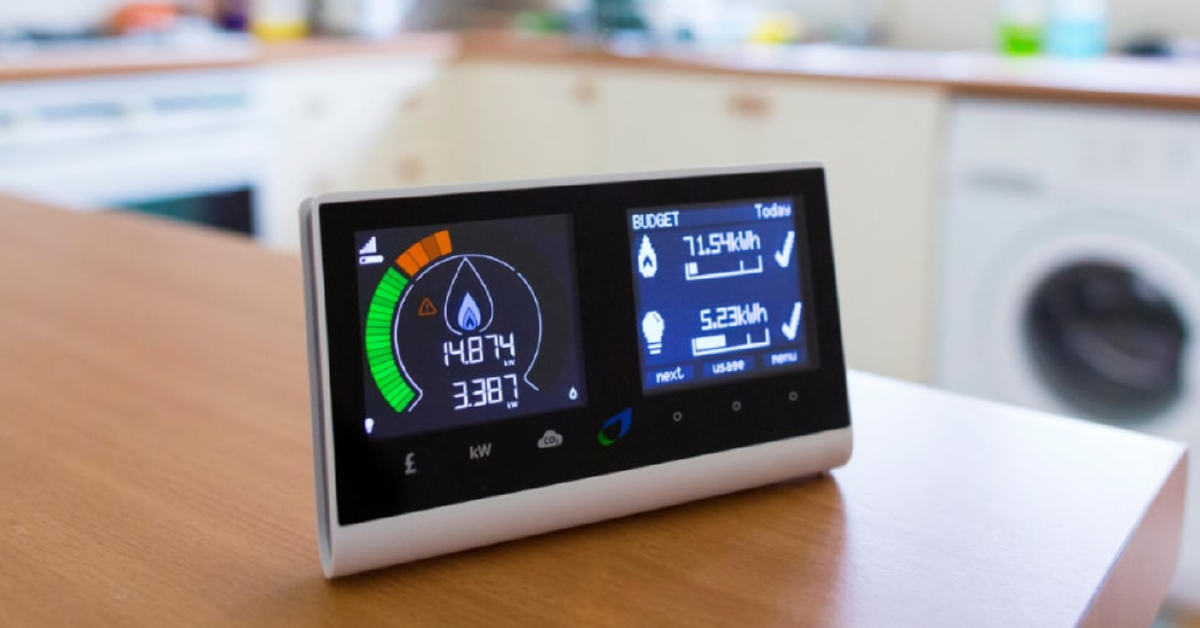If you’re moving house, it isn’t always immediately obvious who your energy supplier is. Here’s how you can find out.
With another winter of high energy bills now upon us, the energy crisis is still being felt by most households across the UK. The Ofgem energy price cap, which currently regulates most people’s gas and electricity bills, is set to go up by 5% from 1 January 2024.
It means you don’t want to be caught out by any extra costs – something that could arise if, for some reason, you don’t know who your energy supplier is. For those who are struggling to keep up with their payments, see our guide to all the help with energy bills that’s available. Our energy comparison can also show you how to save on your gas and electricity.
So, if you’re not sure who your supplier is, how do you find out? We’ve explained everything in this brief guide.
Who is my supplier of electricity?
As of March 2023, there were 21 energy suppliers providing gas and/or electricity to UK homes, according to the Government. While this is around a third of the number that were operating five years ago, it still means you won’t be able to make an educated guess about who’s powering your home.
If you’re moving into a new property, it’s highly likely that a letter from the supplier who provided power to the previous tenants/owner-occupier will be on your doormat when you first walk in.
This letter, which will be addressed to the occupier, will inform you that that supplier is continuing to provide your home with energy, and how to set up an account with them. They will place you on their default tariff, which means you can opt to switch to a different provider without facing any exit fees.
Sometimes, it may take several days before this letter arrives. But, if weeks go by and you haven’t heard anything, it’s worth finding out who your supplier is so that you’re not confronted with a hefty bill at a later date.
The best way to do this is to contact your distribution network operator. This is the company that runs the power grid or gas mains infrastructure in your local area. You can find out who they are by entering your postcode into industry body the Energy Networks Association’s website.
For ease, we’ve also listed them below by nation and region, along with their websites and contact telephone numbers. It may be that you have to contact more than one of these operators where they bisect an area:
England
- Electricity (London, South East and East Anglia): UK Power Networks 0800 316 3105
- Electricity (central southern England): Scottish & Southern Electricity Networks 0800 048 3516
- Electricity (East of England, East Midlands, West Midlands and South West): National Grid 0800 096 3080
- Electricity (Cheshire, Merseyside, North Shropshire): SP Energy Networks 0845 270 0783
- Electricity (East of England, Yorkshire and North East): Northern Powergrid 0800 011 3332
- Electricity (North West): Electricity North West 0800 195 4141
- Gas (South London, South East, Isle of Wight, central south): SGN 0800 912 1700
- Gas (North London, East Anglia, East of England, East Midlands, West Midlands, South Yorkshire and North West): Cadent 0800 389 8000
- Gas (South West): Wales & West Utilities 0800 912 2999
- Gas (North East, North West and Yorkshire) Northern Gas Networks 0800 040 7766
Scotland
- Electricity (northern Scotland, including islands): Scottish & Southern Electricity Networks 0800 048 3515
- Electricity (central belt and southern Scotland): SP Energy Networks 0845 270 0785
- Gas (all Scotland): SGN 0800 912 1700
Wales
- Electricity (North Wales): SP Energy Networks 0845 270 0783
- Electricity (South Wales) National Grid 0800 096 3080
- Gas (all Wales): Wales & West Utilities 0800 912 2999
Northern Ireland
- Electricity (all Northern Ireland): Northern Ireland Electricity Networks 03457 643 643
- Gas (eastern Northern Ireland): Phoenix Natural Gas 03454 555 555
- Gas (northern and southern Northern Ireland): Firmus Energy 0330 024 9000
- Gas (western Northern Ireland): Evolve (SGN Natural Gas) 0800 975 7774
Isle of Man
- Electricity and gas: Manx Utilities 01624 687687
What is an MPAN or MPRN?
The distribution network operator may ask you for your meter number, although they will still be able to tell you who your supplier is without this bit of information. You will have two numbers if you live in a dual fuel home. These are your Meter Point Administration Number (MPAN) or Meter Point Reference Number (MPRN).
Your MPAN is a unique, 21-digit number linked to the electricity meter in your home. It can be found on your bill and is different to your customer reference number. Your MPRN is similar, but is only six to 10 digits long.
Neither number appears on your meter itself (see our meter reading guide to find out what the numbers you’ll find, mean). But you can find your MPAN by putting your postcode into the Energy Networks Association’s website and your MPRN by typing your postcode into the Find My Supplier website. Alternatively, you can ask your distribution network operator to tell you what they are. While you won’t need them that often, they may come in handy if you have a gas leak or need to move your meter.


